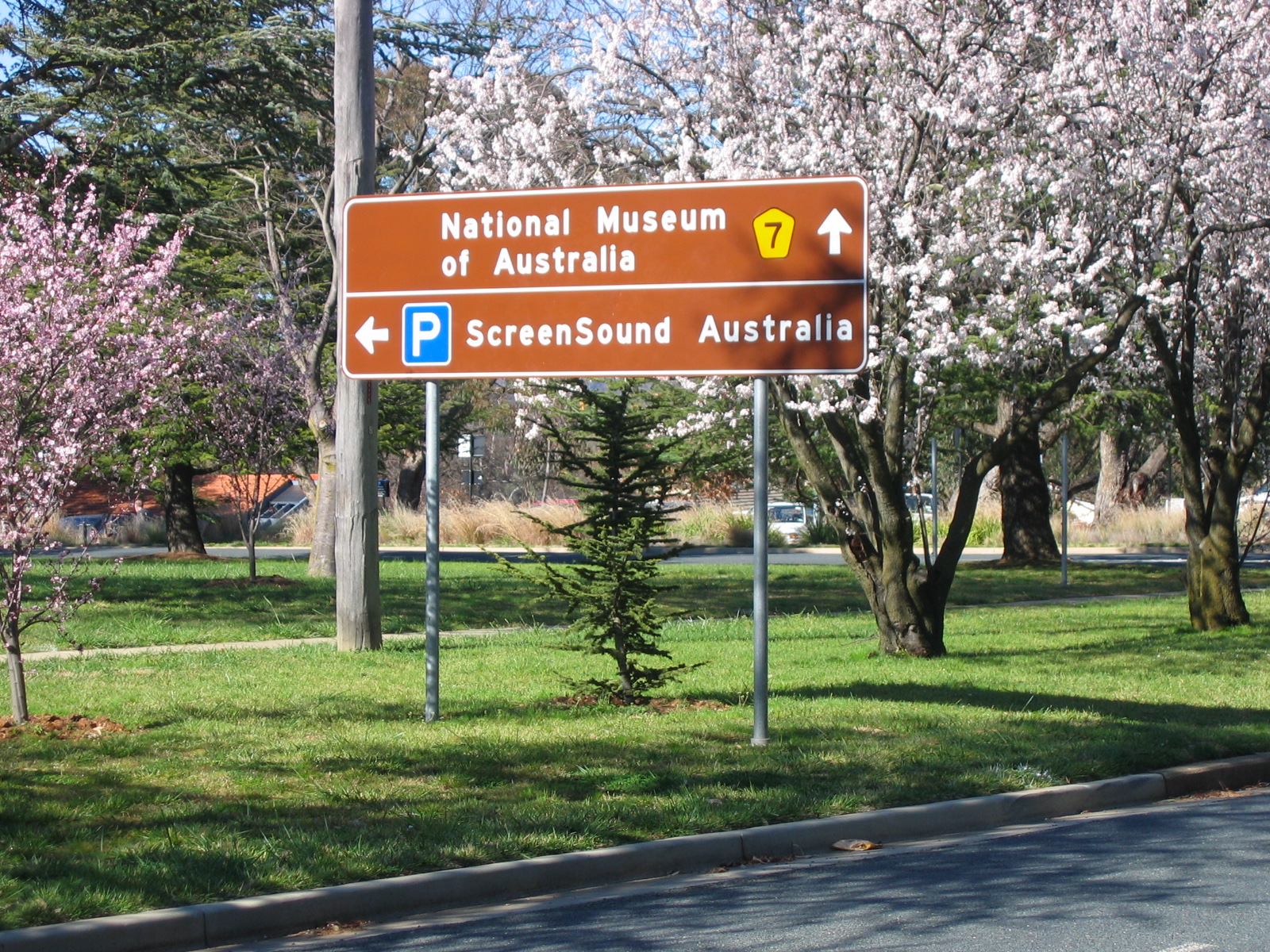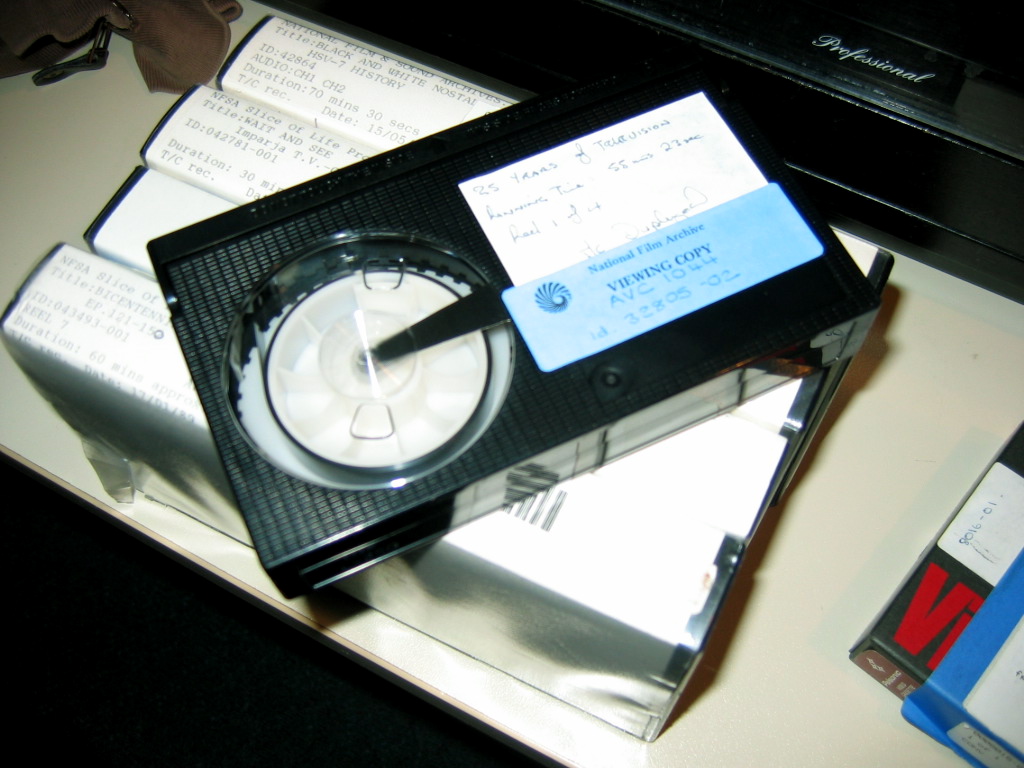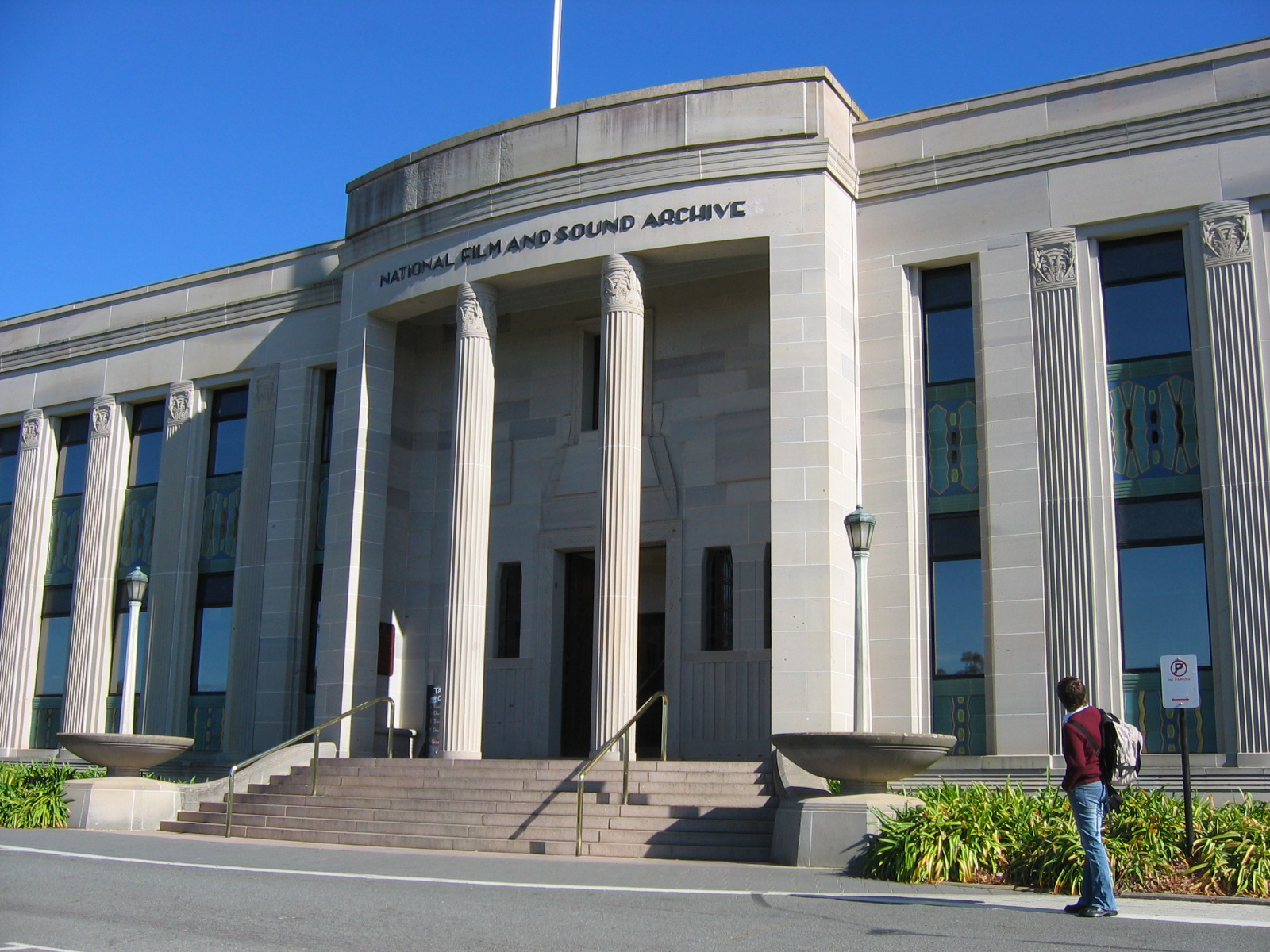Television. Archive.
Joshua Green / MIT

In a lively discussion at the 2008 Society for Cinema and Media Studies conference in Philadelphia in March, the Future of Television Studies workshop revisited the thorny issue of what we television scholars might do about the state of television’s history, and particularly, the challenge of uncovering and capturing the medium’s archival materials. The panelists and the audience raised a number of concerns which I think have become somewhat defining of contemporary television study. We still face questions about determining what is worth recording, and about tracking down the primary and secondary resources that detail the production, distribution, and reception of programming. The physical challenges of accounting for both television programming, as well as the medium’s extra-textual materials both online and in print, remain. These present an increasingly difficult task as the expansion of television’s paratexts mean the objects of interest to television scholars are not only increasingly dispersed, but further complicate the challenge of recording a medium that refuses to stand still.
Striking, however, was the suggestion the current ‘paranoia’ over copyright and licensing may restrict access, as fewer and fewer public or private archives are likely to pass their collections into the public domain. When modern ‘archives’ are made public, it is increasingly with an eye to the potential “aftermarket” value of content along the Long Tail. As such, digital formats and the increased release of material from television’s past on DVD on the one hand bring the promise of some sort of escape from storage and distribution issues. On the other hand, however, they come with region coding to protect geographically-bounded national markets, making international work difficult, challenges compounded by the unequal development of both archives and commercial distribution strategies in some parts of the globe.

So what’s a television scholar to do?
The tantalizing suggestion is that we should band together and flex whatever strength our collective muscle might have, working to construct an archive of our own, pooling personal recordings, attempting to open up our institutional archives, and tracking down available material. But of course, such an activity is quite apparently fraught given the challenges of manpower, organizational magic, and copyright wizardry that would be required. Indeed, the incredibly useful “Best Practices for Fair Use in Teaching,” prepared by the Society for Cinema & Media Studies Public Policy Committee, hints at the legislative mire such an activity could pose, even if it was limited only to the US. And while fair use might be “a muscle that retains strength only through exercise and practice,” compositing such a wide-reaching archive would require convincing a range of much more conservatively minded institutions, many of whom already struggle with the archivists paradox of preservation and access, to commit scarce resources.

But then, as John Hartley (citing Bain Attwood) has pointed out1, grand narratives commence with a process of “narrative accrual,” a gathering of the bits that build up enough of a narrative for a people to become aware of themselves as a corpus (like a nation). And perhaps the way forward is not for us to try to pull together an archive2 but to start to accrue and record the available traces of the archives that abound. Perhaps what we need, or what we can achieve, is not an archive but a catalog. Perhaps the task is to design a project that would draw together already existing activity, both within the academy and beyond, in a form that capitalizes on the opportunities of scale provided by digital networking. In addition to the seemingly many un-connected archives that exist within formal sites of knowledge production, there are a great number of interesting projects compiling traces of television’s past outside of the academy. Of course, such an activity must be certain to recognize the activities that take place outside the academy as sites of knowledge production, rather than as resources for academic raiding. Perhaps what we need to do is to find a way to connect these activities up – to uncover and link together the enterprises within the academy, and to tie them to the range of resources beyond; to embrace the vernacular archives created on YouTube and elsewhere (two of my favorites here: http://idents.tv/blog/ and here: http://www.televisionau.com/), and to create a model that might encourage future activity, and provide ways to continue to tie new nodes into the system.
This is, in part, the motivation behind a large project funded through the Australian Research Council Discovery Grant scheme John Hartley, Graham Turner, Alan McKee, Sue Turnbull, Chris Healy, Christine Schmidt, and myself are involved in. “Australian television and popular memory: new approaches to the cultural history of the media in the project of nation building,” is a modest attempt to be ambitious. It aims to draw a history of Australian broadcasting by accessing histories of television from four key sites – industrial or institutional sources, programming and television’s own memorialization of itself, academic work, and the activities of pro-amateurs and the popular recollection of the public (see Hartley’s previous column on Flow as well as Hartley, John, Green, Joshua, and Burgess, Jean (2008)).3 It seeks to gather the available traces of Australia’s television history from the academy, published sources, popular recollection, oral history, industry sites, and vernacular activity, collecting not the resources but recording their presence, and constituting a history of the medium by working across them. Doing so, the project hopes also to contribute to the ever evolving digital humanities, documenting the resources and inviting participation in the formation of a diverse, national, archival project.
I come not to spruik this project, but to suggest it might provide us with a model to start to think about how, internationally, we can draw together the traces of television’s history. There is a real need to build effective archives, to push back the ever encroaching assumptions of exclusivity copyright owners assert over the cultural commodities of popular culture. Doing so is surely a long process of cultural change projects such as the aforementioned Society for Cinema & Media Studies Public Policy Committee and the venerable In Media Res contribute to. In the short term, I wonder if the way forward is to draw together and make public the resources that do exist; to encourage the the expansion and preservation of vernacular activities, not as resources to be raided but as sites of archival practice; to connect these energies across national borders in ways that reveal the challenges of local spaces; to start creating not a single archive but a record of the places materials reside.
Image Credits:
1. Television archive as national institution – Joshua Green
2. Analog TV history – Joshua Green
3. Australia’s National Film and Sound Archive – Joshua Green
Please feel free to comment.
- Hartley, John (2008) Television Truths, Malden, MA; Oxford: Blackwell. [↩]
- Which, I should be clear, no-one suggested was what we should do. [↩]
- Hartley, John, Green, Joshua, and Burgess, Jean (2008 ‘“Laughs and legends” or the furniture that glows? Television as history,’ in Hartley, John Television Truths, Malden, MA; Oxford: Blackwell, pp. 223-242 [↩]
Joshua thanks for the interesting article. As a graduate student who has recently started to collecting clips, shows, and whatever else comes my way, I wonder how I can get my hands on the things that I didn’t have the foresight to tape in the first place. Although more and more television is becoming available through other avenues, the issues of missing episodes, poor quality and incorrect formatting makes me want to tape everything on television, which would be impossible. Archiving television just seems to be such a massive undertaking that involves more space, time, and organization that I could ever imagine.
Thanks for writing this, Josh. In the last couple of days I’d been thinking that I hoped we could continue that conversation from SCMS 2008 at Flow 2008. No better place to start than here!
I hope we can move simultaneously on two fronts: 1) what can we do now as individuals to help one another–as simple as banding together lists of what we own, etc and circulating this through social networking–how many of us are already on facebook? and 2) tackling the bigger question of pushing forward and invoking fair use, creating archives etc. It’s inbetween the two where it’s easy to get frustrated by the copyright police and anti-fair use institutional paranoia.
Ironically, there is somewhat of a solution to this problem – at least in the past tense. There is an industry called video monitoring made up of both small and large companies throughout the United States who record hours upon hours of television – both network and cable – and archive the recordings. In many cases, these archives are limited to news broadcasts (local and national) that only last a few months to a year. However, due to the economical use of the DVD, these archives have, in many cases, become permanent. There are also several of these companies that have embarked on recording ALL programming on both network and cable stations, and several of these archives go as far back as the late 80s/early 90s. As discussed, the biggest problem for these companies is the threat of copyright violation. The recordings can be provided/re-sold in portions for private viewing. However, copyright forbids more large scale use – such as a public archive – without specific permission from the copyright holder. If these rules could be altered, or if some form of compromise could be reached, the video monitoring industry would be the easiest and most far-reaching way to obtain an archive such as the one you are attempting to create.
We need an archive that can reconstruct the flow of an entire broadcast period. That would be amazing–being able to flip between fully reconstructed channels, commercials, station idents, programs and all–each synched up within a single flow.
Good piece, Josh. I most appreciate your point “perhaps the way forward is not for us to try to pull together an archive but to start to accrue and record the available traces of the archives that abound.” B/c in reading this, it sounds like the TRUE anxiety expressed in the is from those most interested in industry-related archives. The truth is that there are tons and tons of archival materials one could amass in trying to assemble television’s many different histories. The industry’s tapes and papers are but one way of doing that — an important one, no doubt, but still a limited one. I worry that this is symptomatic of a broader trend I see in the study of television here in the U.S., wherein the industry and it’s developments, particularly the technological and “quality narrative” ones, are described with myopic, masculinist oohs and aahs. Too frequently “the business” is held up as the final word on the medium in ways that elide its utility as a layered, massive object of study….